You can tell a lot about a country from its currency. In Suffolk, England, at the site of a future nuclear power station, archaeologists were granted a "rare and fascinating glimpse" into the region’s history after unearthing a bundle of coins dating back to the 11th century.
At the Sizewell C (SZC) development area, Oxford Cotswold Archaeology unearthed a lead-wrapped package—possibly a purse—filled with 321 mint-condition silver coins issued between 1036 and 1044. The hoard has a contemporary value of 320 pence, which OCA says would have been a "significant amount of money" at the time and probably belonged to someone of "local clout, perhaps a wealthy farmer," as opposed to someone of "national importance or super-elite status." It’s unclear why the stash was never retrieved.
OCA writes that the coins were issued during the reigns of three English kings, Harold I ("Harefoot"), Harthacnut, and Edward the Confessor, with the vast majority from the former. The most recent coins, created at the beginning of the Edwardian era, are all of the "PACX type," from between the summer of 1042 and 1044. There are four total designs present, also including the "Jewel Cross" and "Fleur-de-Lys" from Harold I, and the "Arm-and-Sceptre" from Harthacnut. OCA notes that coins were often reissued with design changes—partly to protect against forgery, partly to create a fresh supply of coinage, and partly as a taxation method.
Andrew Pegg, the archaeologist who found the coins, told the BBC he was physically "shaking" upon the discovery, calling the hoard a "perfect archaeological time capsule." He added, "The information we are learning from it is stunning and I'm so proud to have added to the history of my own little part of Suffolk."
Damian Leydon, the site delivery director at Sizewell C, said the project offers "a rare and fascinating glimpse into Suffolk’s rich history, deepening our understanding of this part of Britain." They plan to partner with the OCA to make the discoveries "as accessible to the public as possible."
Ancient currency is a fascinating way to view history, preserving elements of culture and government. Writer Cory Frewing talked about this for The Geographical Bulletin, a scholarly double-blind peer-reviewed journal out of Gamma Theta Upsilon (GTU), the International Geography Honor Society, in 2020, noting, "[C]oinage can be utilized for pursuing nationalistic ambitions and other centripetal forces that strengthen a State. Likewise, coins can also act as preservers and conveyers of national culture. Religion, language, values, and history have all been prominent subjects on coins from around the world since the Classical Era."
One of my favorite examples is the Roman "EID MAR" (or "Ides of March"), a rare issue of the famous denarius coin by Marcus Junius Brutus following the assassination of Julius Caesar in 44 BC—a major event in human history. One of these was actually sold in 2023 for a record price of $720,000.
According to the United States Mint, the Coinage Act of 1792 designated that all coins must have an "'impression emblematic of liberty,’ the inscription 'LIBERTY,' and the year of coinage on the obverse side." The reverse of gold and silver coins needed to feature an eagle along with the inscription "UNITED STATES OF AMERICA." The 1792 "half disme," widely considered the first U.S. coin produced under the Coinage Act, featured a portrait of a woman on the front with the inscription "LIB PAR OF SCIENCE & INDUSTRY (meaning "Liberty: Parent of Science & Industry"). This predates the Latin phrase "E PLURIBUS UNUM" ("Out of many, one"), introduced in 1795, or "IN GOD WE TRUST," which first appeared in 1864.







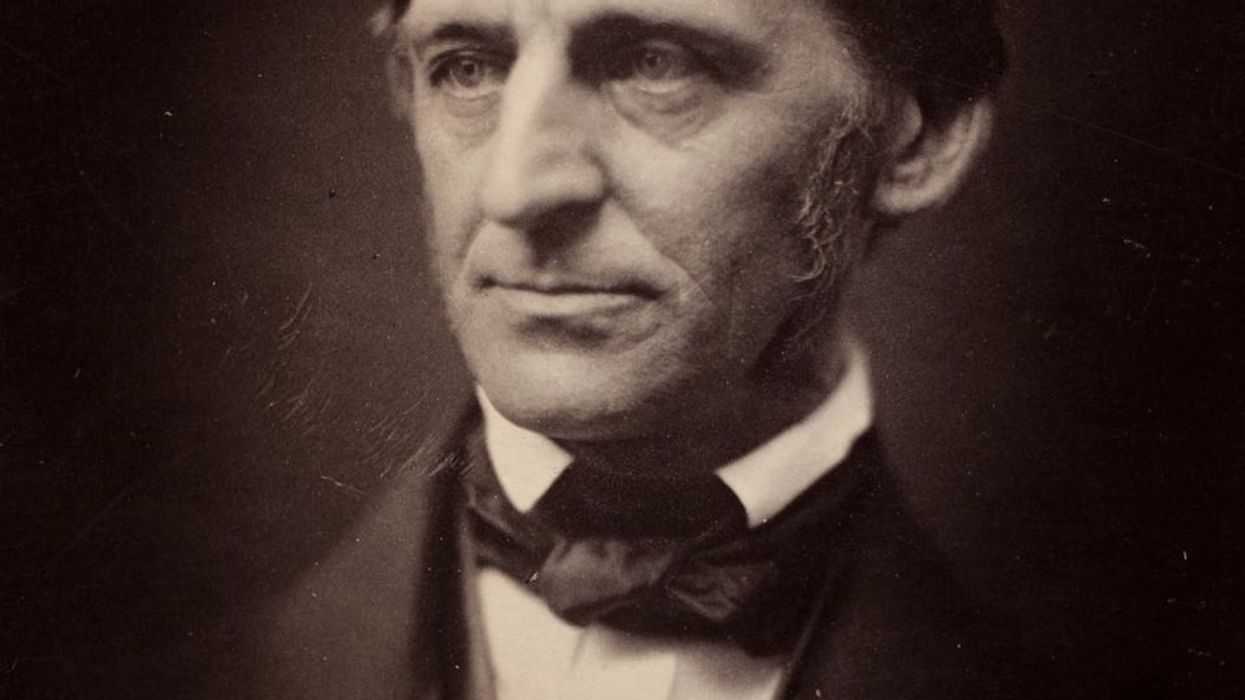


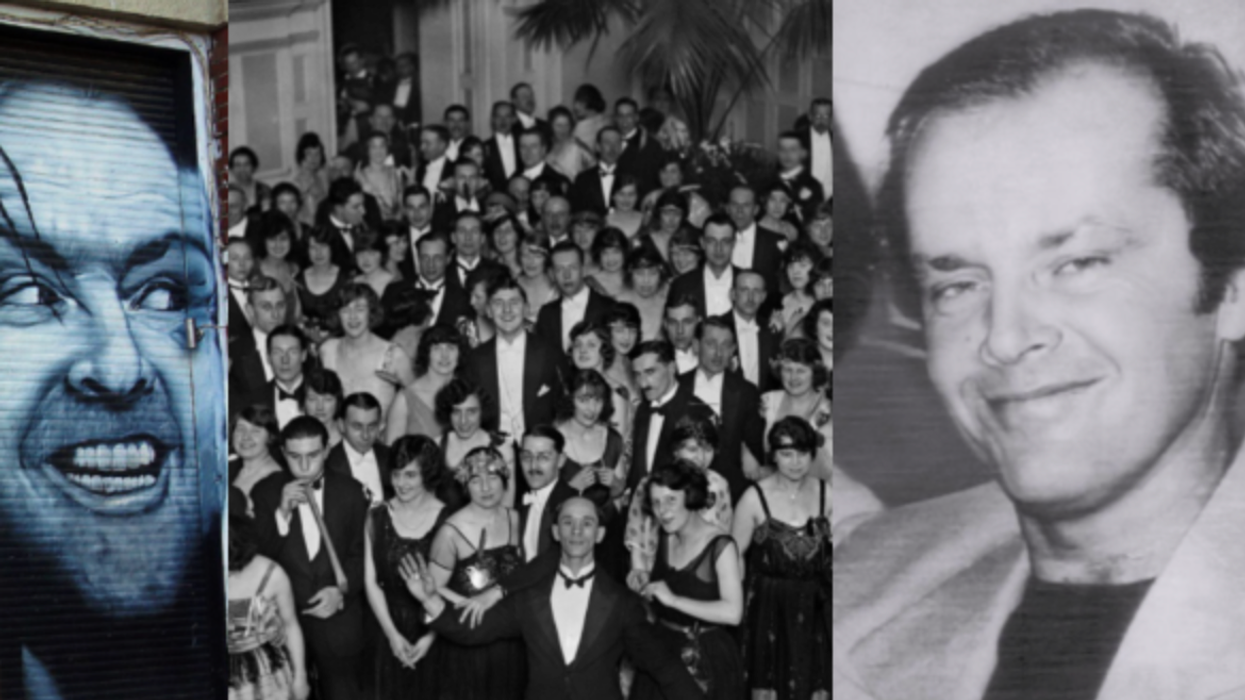


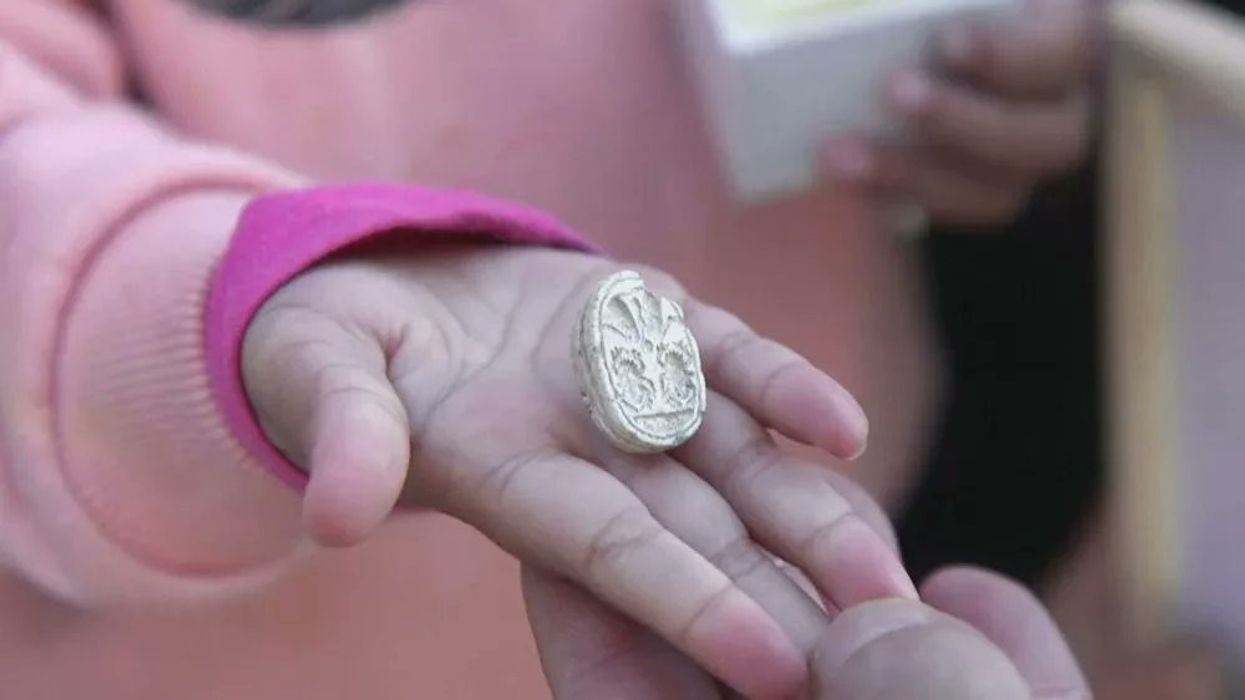




 Pictured: The newspaper ad announcing Taco Bell's purchase of the Liberty Bell.Photo credit: @lateralus1665
Pictured: The newspaper ad announcing Taco Bell's purchase of the Liberty Bell.Photo credit: @lateralus1665 One of the later announcements of the fake "Washing of the Lions" events.Photo credit: Wikimedia Commons
One of the later announcements of the fake "Washing of the Lions" events.Photo credit: Wikimedia Commons This prank went a little too far...Photo credit: Canva
This prank went a little too far...Photo credit: Canva The smoky prank that was confused for an actual volcanic eruption.Photo credit: Harold Wahlman
The smoky prank that was confused for an actual volcanic eruption.Photo credit: Harold Wahlman
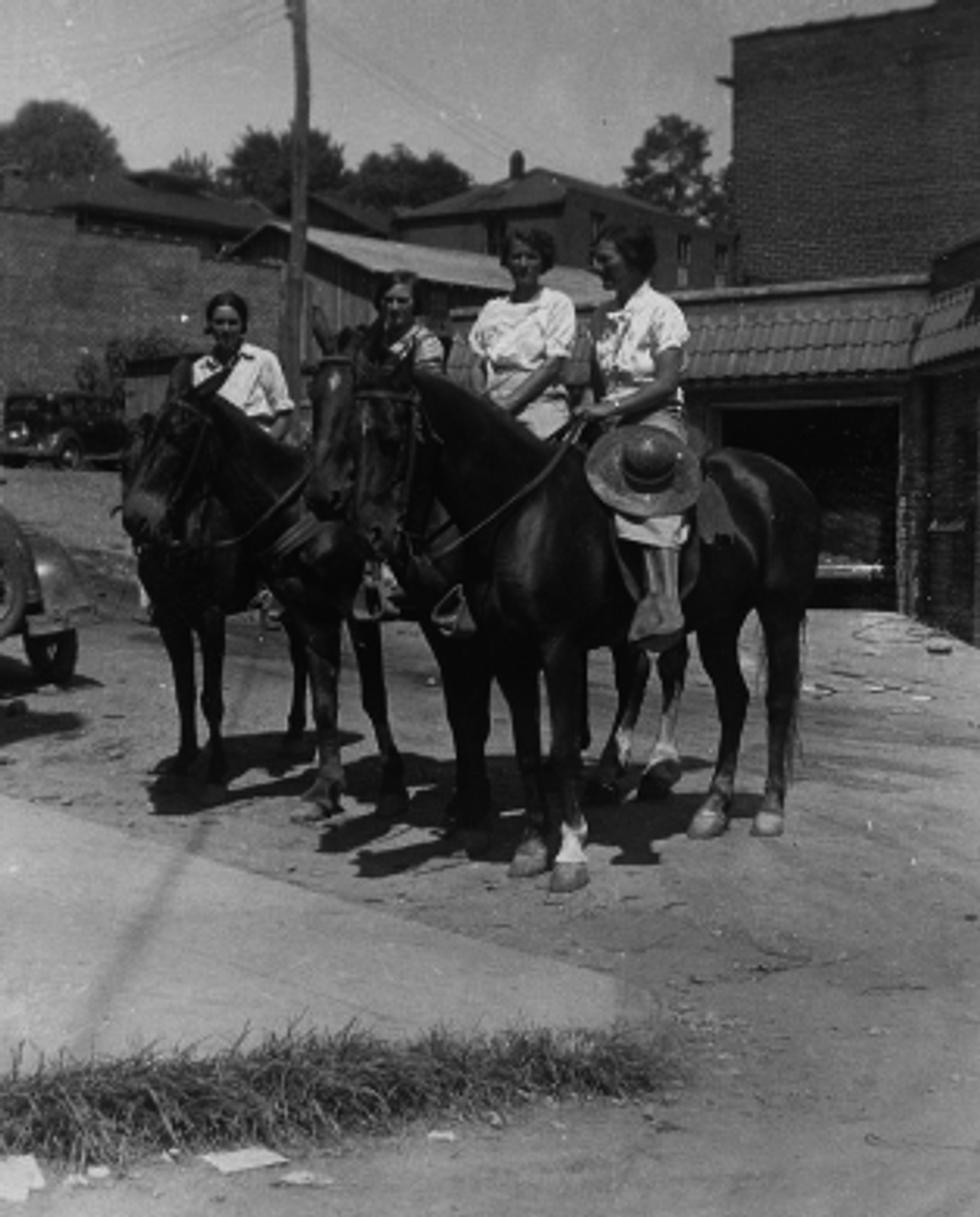 Packhorse librarians ready to start delivering books.
Packhorse librarians ready to start delivering books.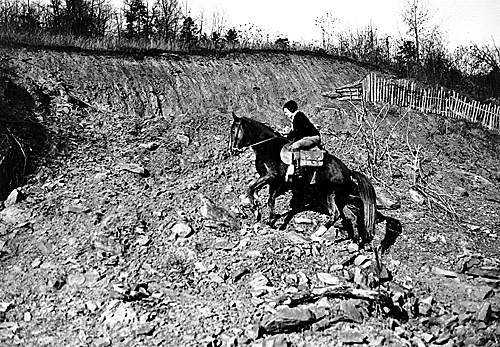 Pack Horse Library Project - Wikipedia
Pack Horse Library Project - Wikipedia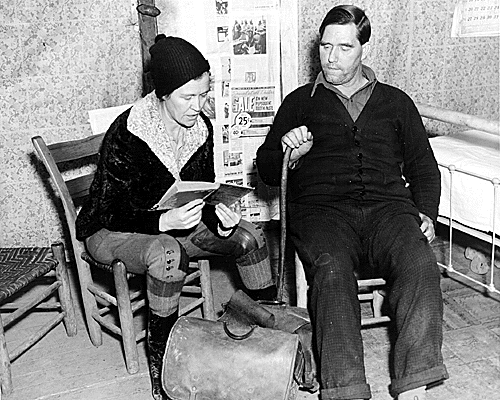 Packhorse librarian reading to a man.
Packhorse librarian reading to a man.
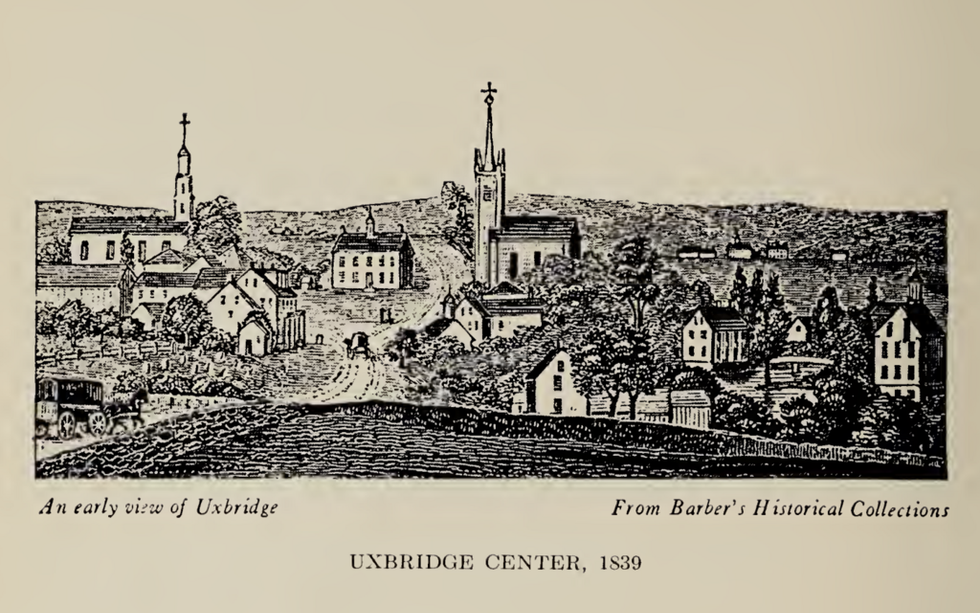 Fichier:Uxbridge Center, 1839.png — Wikipédia
Fichier:Uxbridge Center, 1839.png — Wikipédia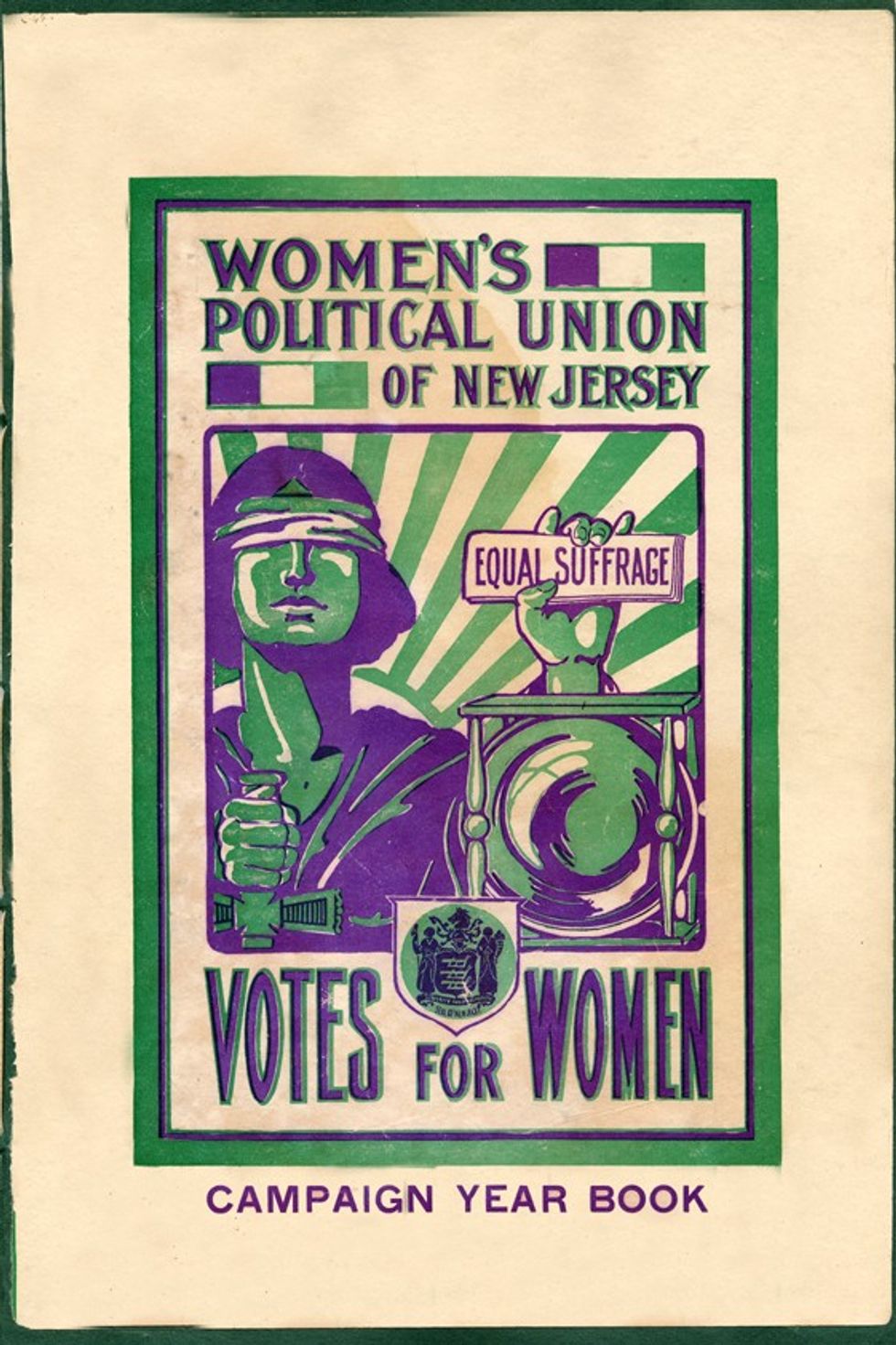 File:Women's Political Union of New Jersey.jpg - Wikimedia Commons
File:Women's Political Union of New Jersey.jpg - Wikimedia Commons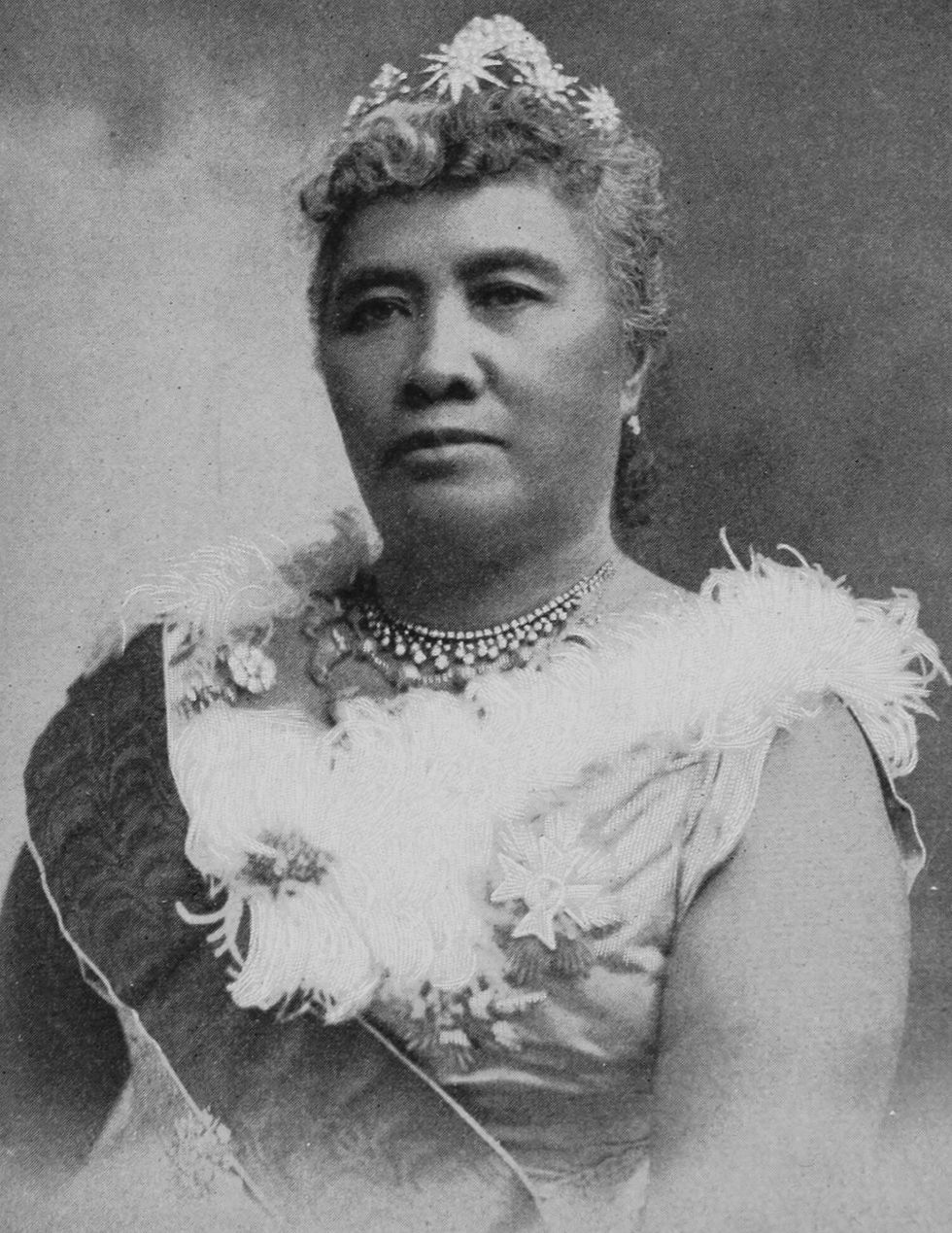 File:Liliuokalani, photograph by Prince, of Washington (cropped ...
File:Liliuokalani, photograph by Prince, of Washington (cropped ...
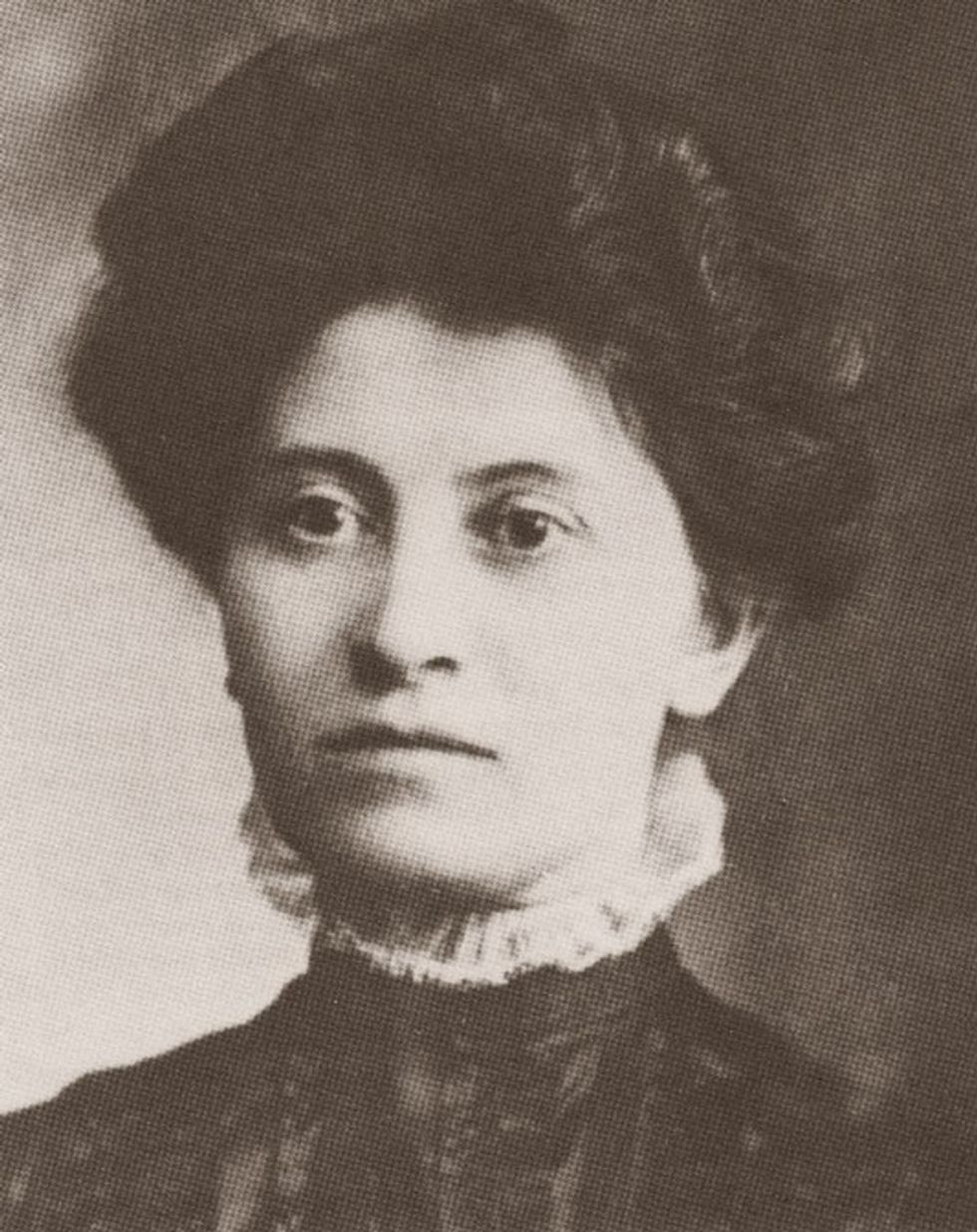 Theresa Malkiel
commons.wikimedia.org
Theresa Malkiel
commons.wikimedia.org
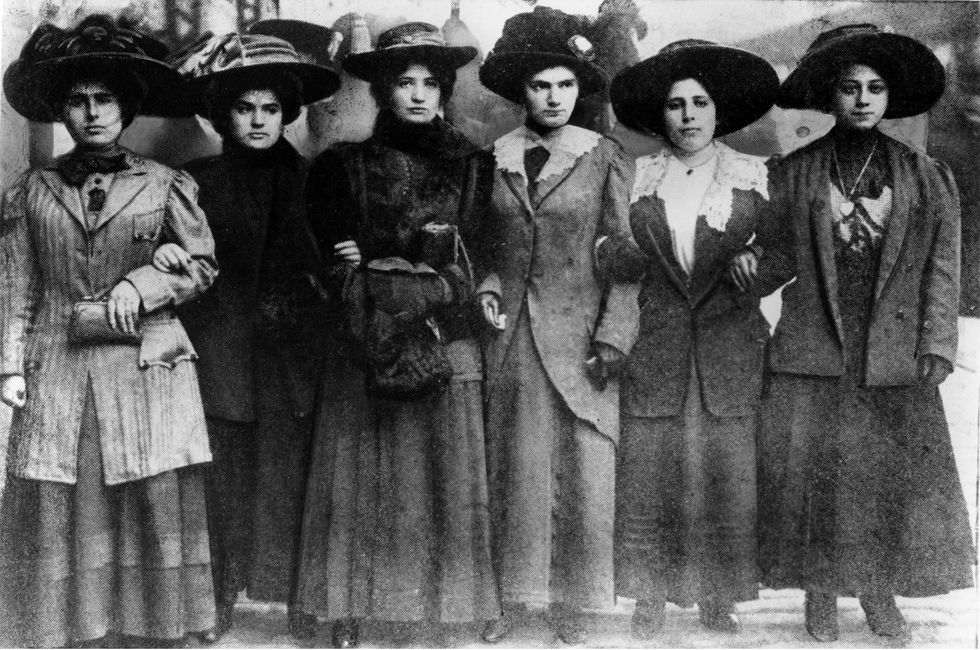 Six Shirtwaist Strike women in 1909
Six Shirtwaist Strike women in 1909
 U.S. First Lady Jackie Kennedy arriving in Palm Beach | Flickr
U.S. First Lady Jackie Kennedy arriving in Palm Beach | Flickr
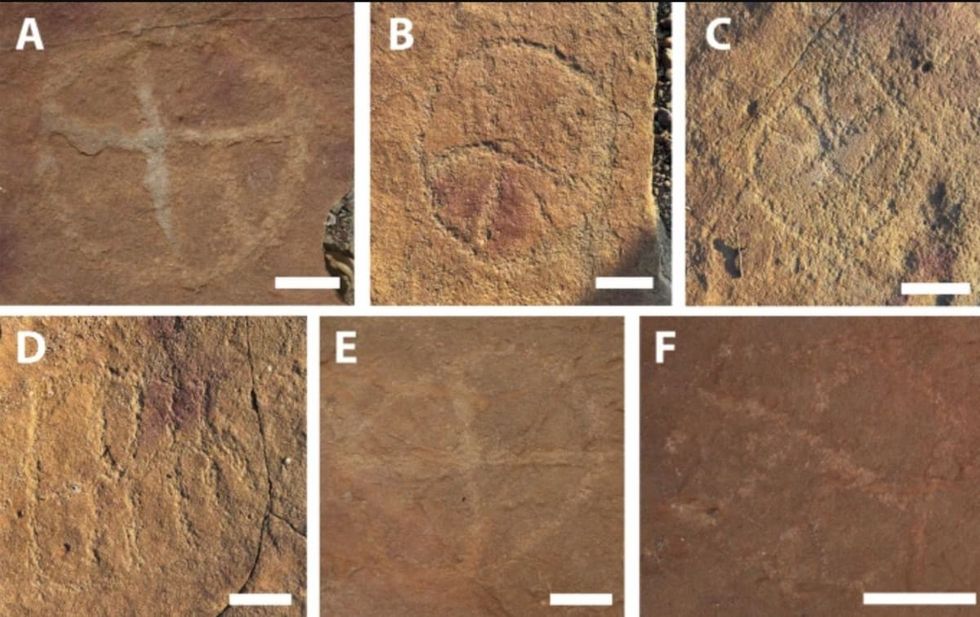 Image Source:
Image Source: 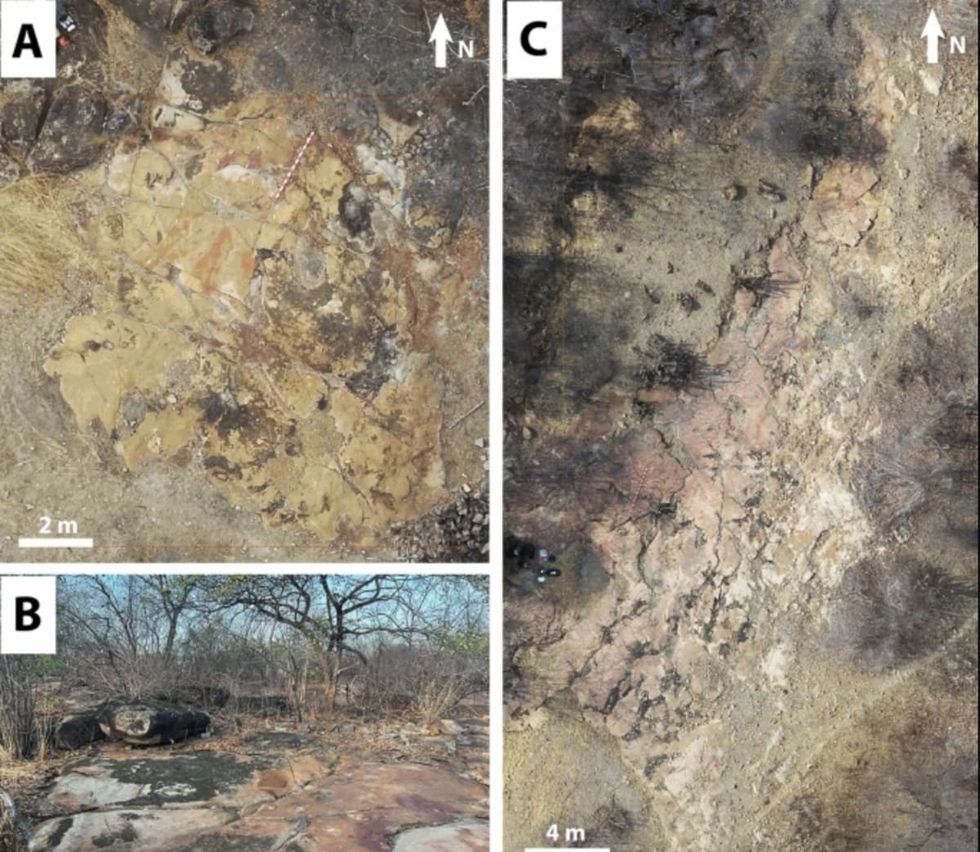 Image Source:
Image Source: 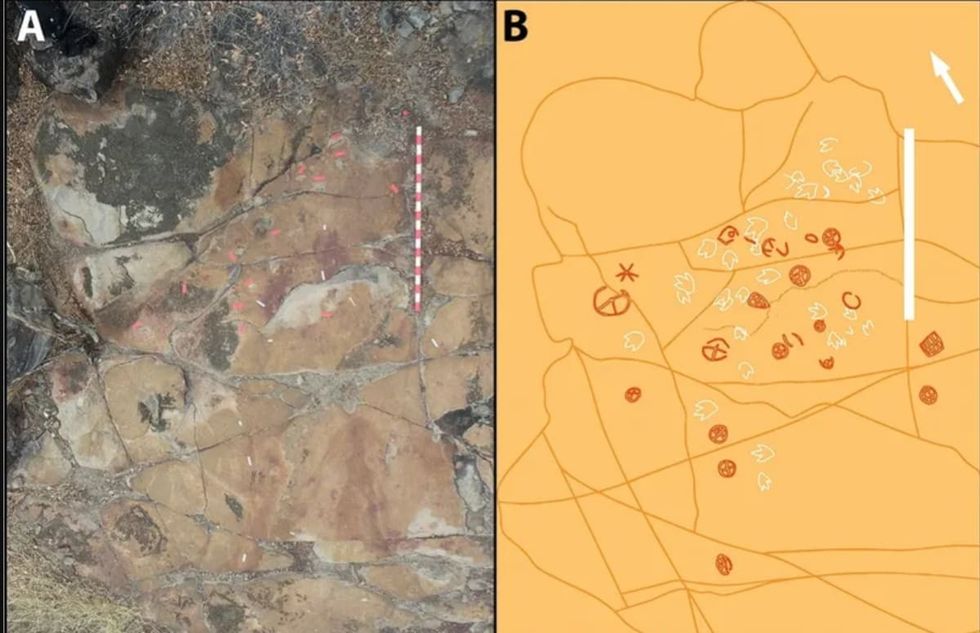 Image Source:
Image Source: 